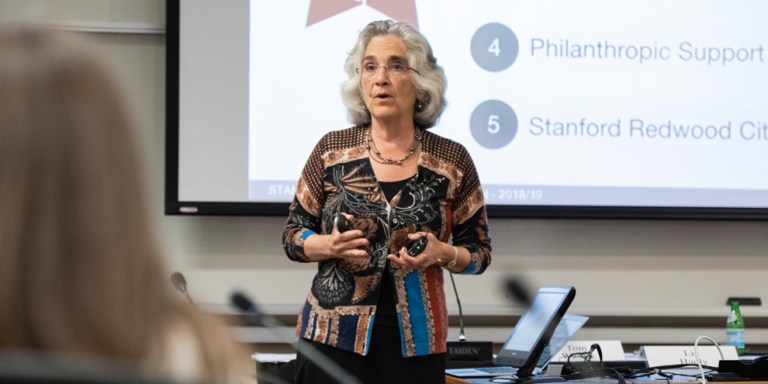Persis Drell just announced she will be stepping down as provost after six years. If you’re anything like some of the people I talked to, your reaction was ‘what the heck is a provost?’
The provost is the chief academic and budget officer. For our University community, academics is obviously hugely important as one of the major ties that bind us together. But the budget for the multi-billion dollar enterprise that is Stanford University is fiercely complicated, too, making the yearly responsibility required to keep the University running something of a Herculean task. The impact the provost has on everyone in the University is exemplified by the veritable army of high level administrators who report directly to the Office of the Provost.
A central tenet of democracy, to which our University leadership has a stated commitment, is that people impacted by a decision must have a say in that decision. Given the impact the provost has on everyone in the University community, it is imperative that the faculty-led search committee have voices and representation from across the University. Specifically, there should be representation from the undergraduate, graduate student and postdoctoral scholar populations at a minimum. Those committee members should have voting seats as required for true representation.
Stanford has a stated commitment to shared governance. Recent actions have called that commitment into question for some members of our community. Proactively including student and postdoc representation in the important task of choosing a new provost for our University is a step that could help begin to repair the broken trust. It would also align with a specific recommendation from the recent Long Range Planning Report produced by the Stanford University Postdoctoral Association (SURPAS). University leadership must include broad representation on the provost search committee.
Tim MacKenzie is a postdoc in the genetics department at Stanford University.
